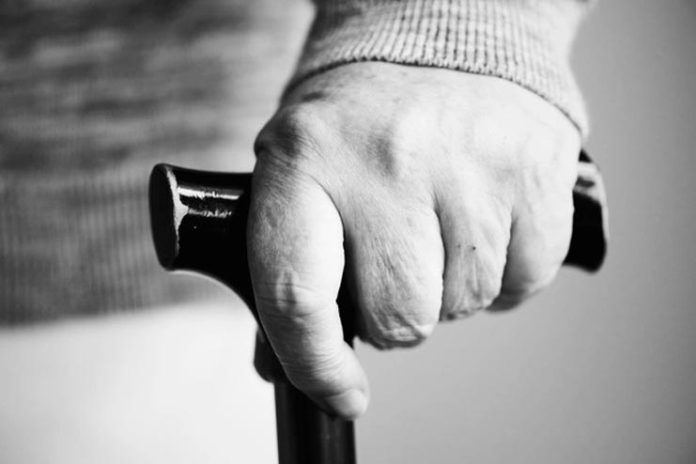Affiliate Disclaimer
Some links in this article are affiliate links. We may earn a small commission if you make a purchase through these links, at no extra cost to you. We only recommend products we find useful to our readersIt is said that an elder becomes a child once they get older and the feasibility of falling as they age increases quite a bit and a fall can be dangerous, but in this upgrading time a wide range of different walking devices have been developed. Which makes it easy for seniors to provide safety and support for them
The first walking equipment was designed as a stick called a cane, and then it was crutches, walkers, rollators, knee scooters, etc. Today it can be a task to understand which are some of the best walking devices that you can recommend for a senior person as there are tons of mobility and walking devices that are available in the industry today.
All of them are some of the best ones, and luckily in this post today we would be listing all of the best walking assistance devices for elderly people so make sure to check out and the one that best suits your needs.
Different Types of Walking Assistance Devices for Seniors
1. Canes
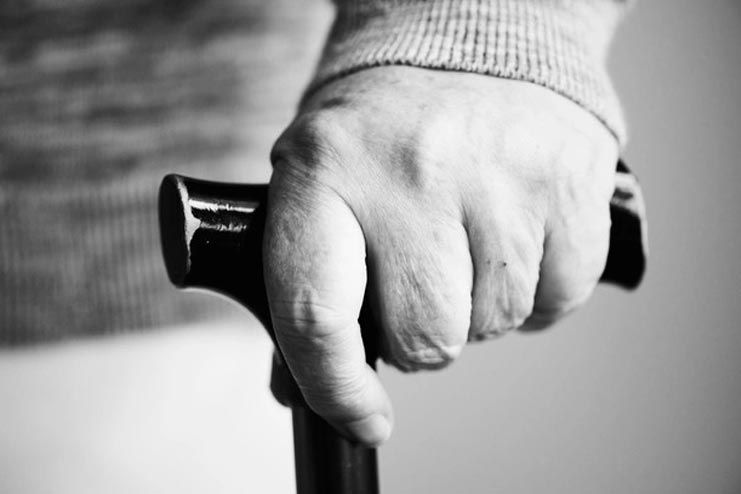
As you age you may notice that you waver as you are not able to keep your balance because of weak bones. That is when most people start using canes, as it is the most common standard type of walking device used by seniors. Canes reduce strain on the legs and also help to maintain stability, it is a comfortable and portable device to use.
Most of the canes are about 36 inches in length and some even come with adjustable features. Canes also help to support the body’s weight by transferring some of the load from the legs to the upper body so even if you are at risk of falling you do not have to worry while using a cane.
One thing that you may want to consider while using a cane is that it uses a lot of pressure on the hands or your wrists, so if you have a weak upper body it might not benefit you and it may not be the best option of a walking device even though it allows you to take the pressure off the lower body to assist while walking. Still, many elderly people use Cane as a common walking device.
Types of Canes
Quad canes
Quad canes are a stable and a bit heavier type of walking device, it comes as a long stick that has four legs at the bottom. It is best for people who are struggling for support and stability due to some lower-body issues, also very easy to use.
Forearm canes
Forearm canes are a great walking assistance device when you need to transfer a lot of pressure from the lower body to the upper body as it uses extra support for the forearms by having an extension to take some of the weight from the hands and wrists and transfer it to the upper arm. These are also commonly known as crutches.
Adjustable Canes
Canes also come in adjustable lengths. Adjustable canes are usually less stable than standard canes but are still useful. It is recommended to go for standard canes which have exact measurements that you need instead of going for adjustable ones.
2. Crutches
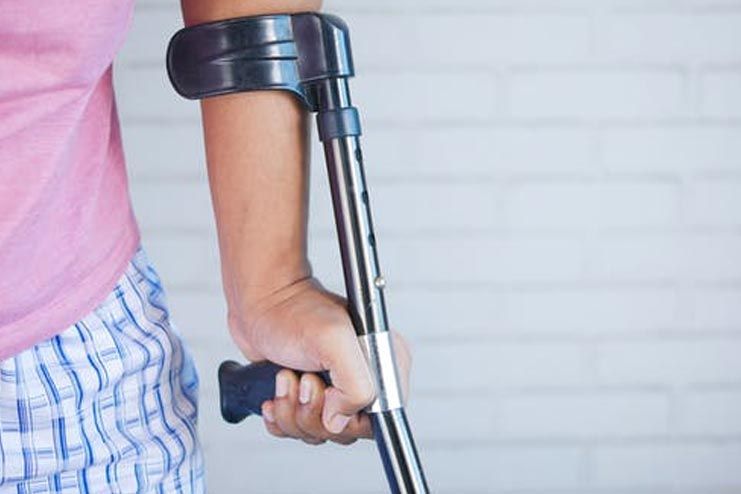
Crutches are commonly used by the elderly in pairs and they have similar functionality to cane as they take the weight from the legs and transfer some of it to the upper body. Crutches can be influential to help you with the ability to move. Although, are generally a lot more balky and difficult to use than standard canes.
These are usually recommended to be used after a leg injury. They are used by those with severe mobility problems in their lower body or those who need leg assistance. You can consider crutches as walking assistance devices for long-term use. Typically, crutches are placed under the armpit or braced to your forearm to hold you up and help you move.
3. Walkers
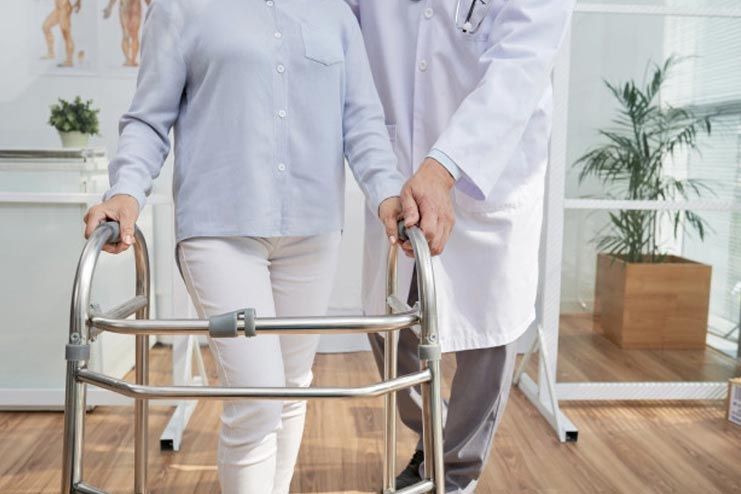
Walkers are very popular and are used by many seniors, which are also known as Zimmer frames. Walkers come in a metal frame design and have four legs. They also come with wheels attached, sometimes two just in front or even all four allowing you to use them to leverage all your weight on them and move forward. Compared to canes and crutches walkers are still generally lightweight and are also foldable which also makes them easier to carry and storage.
Walkers provide better support and balance than canes and crutches because they offer maximum stability and comfort with two grips to hold on to. One can usually place weight on the two sides of the frame, receiving great stability and balance. They are also comfortable and easy to use as they are lightweight.
Walkers can be difficult to move when out and about when there is little difference in the height of the pavement which may obstruct while walking. That is why a walker may not be the best option if you are looking for something, especially for outdoor walks.
4. Rollators
Rollators are suitable for elders or people who do not have enough strength or who suffer from cardio problems as they need some easy support. These are also a great option for those who do not want a wheelchair. Rollator has a frame with four wheels, handlebars, and often comes with an option of a seat which you may use to rest when desired.
Rollators normally have hand brakes for additional safety. Rollators wheels are better than walkers as it works great even on uneven outdoor surfaces. There are also three-wheeled rollators that are narrower and can fit in narrow spaces easily. They may not have a built-in seat and may be suitable for people who can walk fast.
5. Wheelchairs
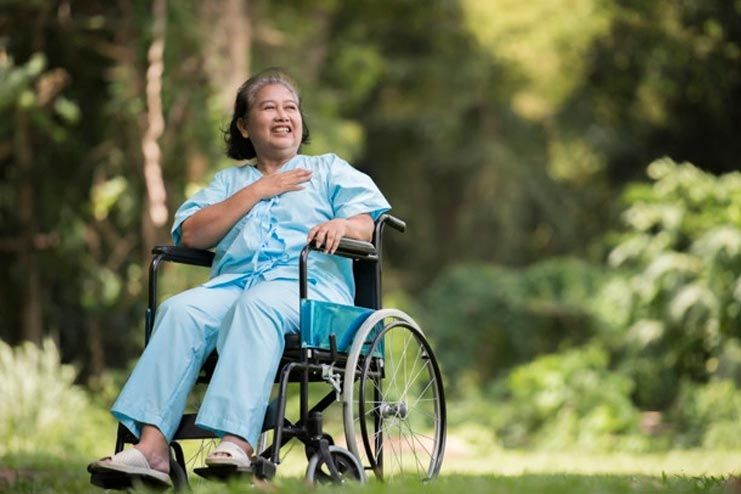
There can be times when walkers or rollators just aren’t enough. Even with walking devices like rollators or crutches, some people may still experience falls, fatigue, dizziness, or pain when getting around. It may be good to consider using a wheelchair for these people. Wheelchairs may also be necessary for people who experience a sudden stroke or heart attack, due to loss of mobility because of such conditions as other devices may not be enough.
There is also an option of an electric wheelchair which does everything by itself and you do not need anyone else or apply force to move. A wheelchair is best for people who have serious mobility issues and may not be able to travel. These are specially designed for someone who cannot put pressure or weights on their lower limbs. Happy to know such a device exists and make their job better.
6. Knee scooter
The knee scooter is similar to a rollator, it has been designed to use the walker for driving with one leg while allowing the person to rest one knee on a padded. If you have an injury on one leg this walking assistance device is the best option for you, it can also be used by teens when they get a fracture on one leg. Knee scooters also allow you to stay active throughout.
These knee scooters may not be best if you have low mobility issues as they may not give proper balance and support when needed. Although they are fun to use and keep you active.
7. Mobility scooters
Mobility scooters are usually designed for outdoor usage. These are bulkier than wheelchairs, they also operate on batteries and have steering controls. Mobility scooters are also known as power wheelchairs. But unlike wheelchairs, mobility scooters are not as great as walking assistance devices. They can be used as a replacement instead.
They can help a person with mobility inside and out easily and are good for the same purpose. Mobility scooters differ from power wheelchairs and they are usually cheaper, easier to transport, and can be customized too. These are small, they are light to travel and they also fold or can be easily disassembled into smaller parts when needed for transportation.
8. Risks you Need to Consider
Every walking assistance device comes with risks, just like any other tools. It is necessary to know the usage of these walking assistance devices as improper use may also lead to injuries and serious issues. Elders or seniors may not have strength like adults due to their age while they are using devices they have not been trained to use properly and they are especially at risk of falling and causing serious injury to themselves.
Mobility aids should be received from a medical professional who works on their case as failing to do so may have risks that need to be considered. For instance, crutch paralysis is an issue that is known to lead to a condition by crutches and is caused by excess pressure on the nerves in the armpit.
Always also check for insurance and costing and buy from a trusted source that has all instructions on it.
Conclusion
Devices such as wheelchairs, canes, and all the above ones make it easier for seniors in their walking, and thanks to these devices which help them with mobility and make their life easier. Of course, all of these walking assistance devices come with a risk and one needs to be trained well before using it to avoid any issues later. Always check with a medical professional before using it. Hope this information on this list of 7 walking assistance devices has been helpful to you. Thank you for reading.













